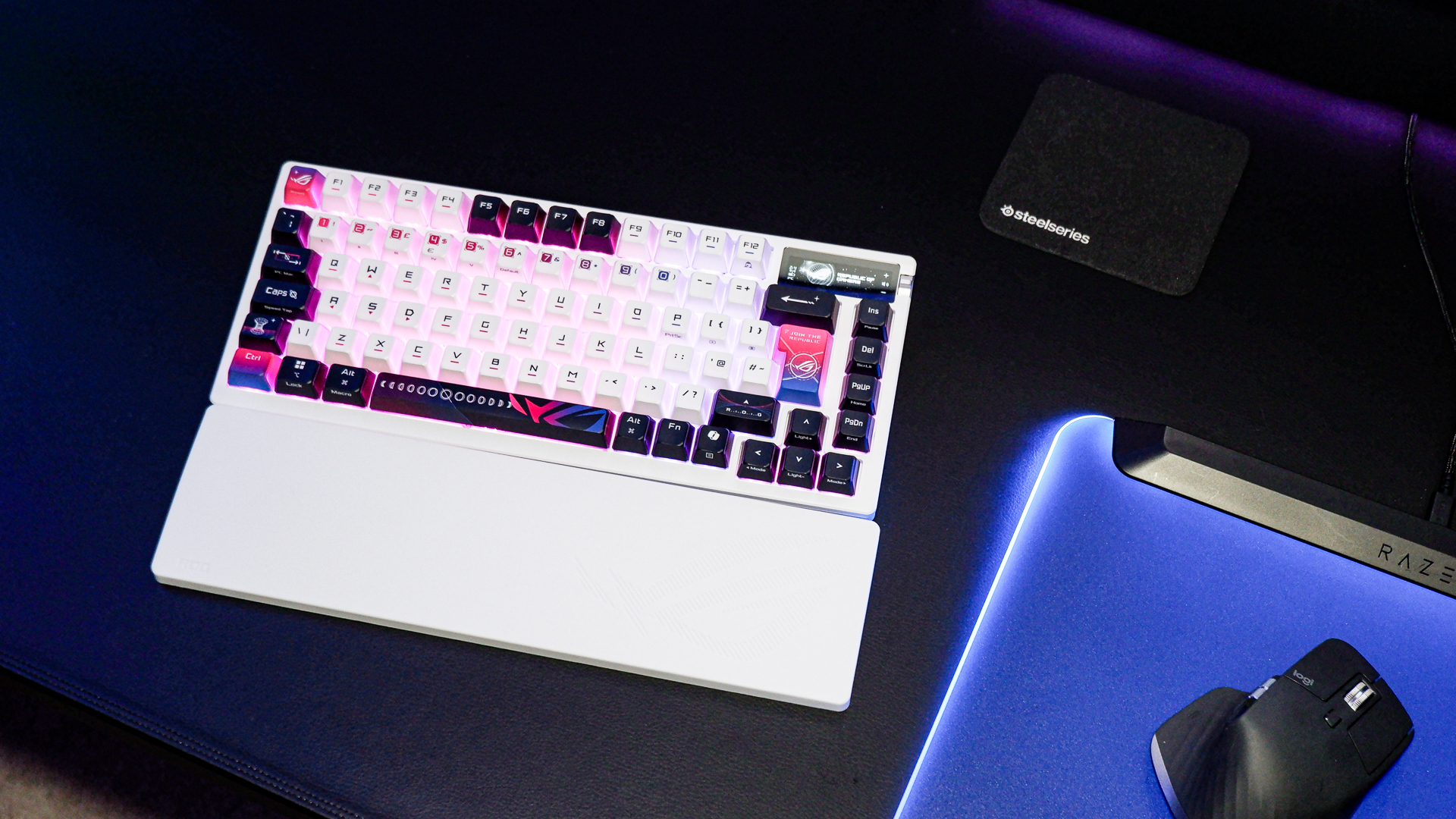Nvidia has sprung the GPU pricing trap set by the pandemic years
We got trapped into paying higher prices due to external forces, but because we did, they're here to stay.
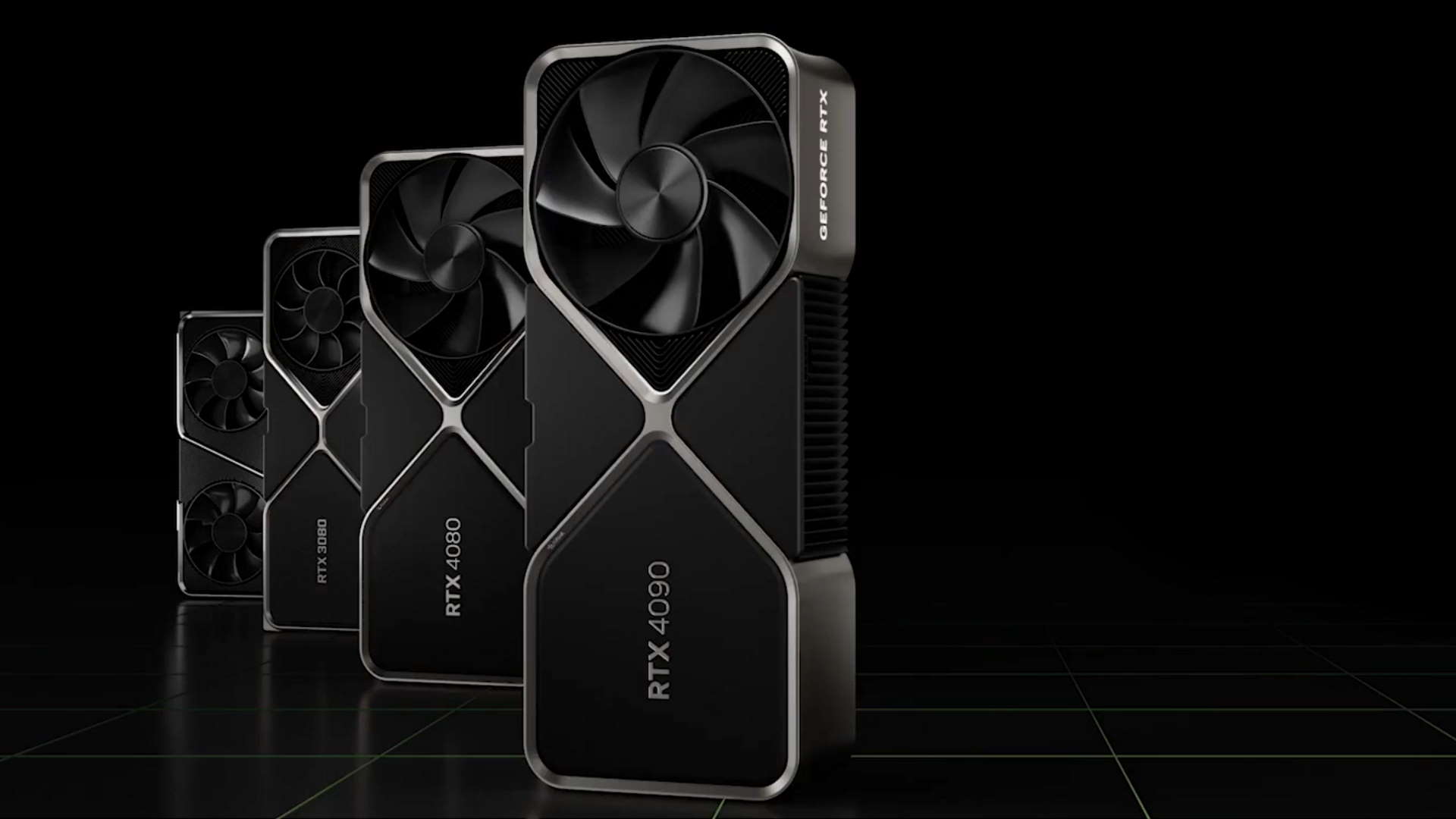
'You maniacs. You priced them up. Ah, damn you, god damn you all to hell!'
That's pretty much my reaction to the price of the first Nvidia RTX 40-series cards. A set of fresh Lovelace GPUs where the cheapest of the three new cards is a princely $900. Have a guess how much an overclocked ROG version of the 12GB RTX 4080 is going to cost... my bet is on a four-figure sum.
But you have to admit, we've got ourselves to blame here. Even if in reality we've been backed into a corner by myriad external forces, we've proved to Nvidia, and to every other component maker, that us PC gamers will pretty much pay anything to get our hands on the latest and greatest graphics cards for our rigs.
Sure, we've had little choice. The only other option was to call a halt to progress and not buy a new GPU when we couldn't quite get the frame rate we wanted out of our current system. And who's going to do that when there are tempting new graphics cards on offer? It's just money, after all.
The RTX 4090 was unveiled at the GeForce Beyond Special Broadcast, and this monster graphics card will be hitting the shelves on October 12 for the exorbitant price of $1,599.
Admittedly, that's only $100 more than the RTX 3090 launched for back in 2020, and $400 less than the Pandemic Special RTX 3090 Ti, but the fact the entire release lineup of RTX 40-series cards starts at $900 is kinda galling.
A third-tier card should not cost the best part of a grand.
Keep up to date with the most important stories and the best deals, as picked by the PC Gamer team.
But there's nothing faster right now, and no matter how much AMD wants to shout about the potential performance efficiency of the RDNA 3 cards launching on November 3 this year, the likelihood is that Nvidia's beefy RTX 4090 GPU will retain the performance crown until the end of 2022 at least.
It's not even the full-fat top Lovelace GPU, either. There's plenty of room for an 18,000+ CUDA core $2,000 RTX 4090 Ti or Titan down the line.
And frames mean sales (as no marketing person has ever said) and so whichever GPU is able to post the highest gaming frame rates is going to be the one the majority of PC gamers will covet.
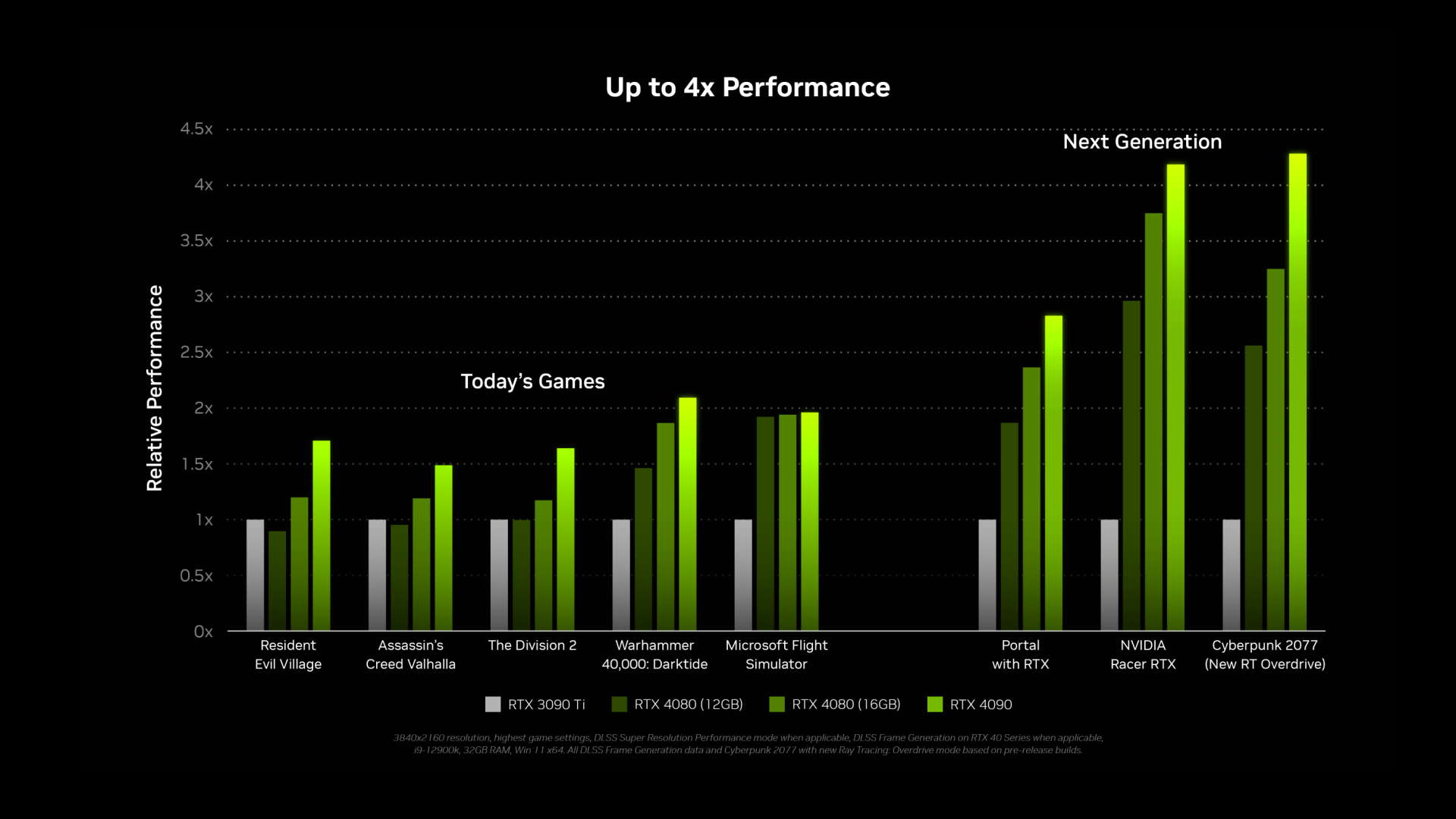
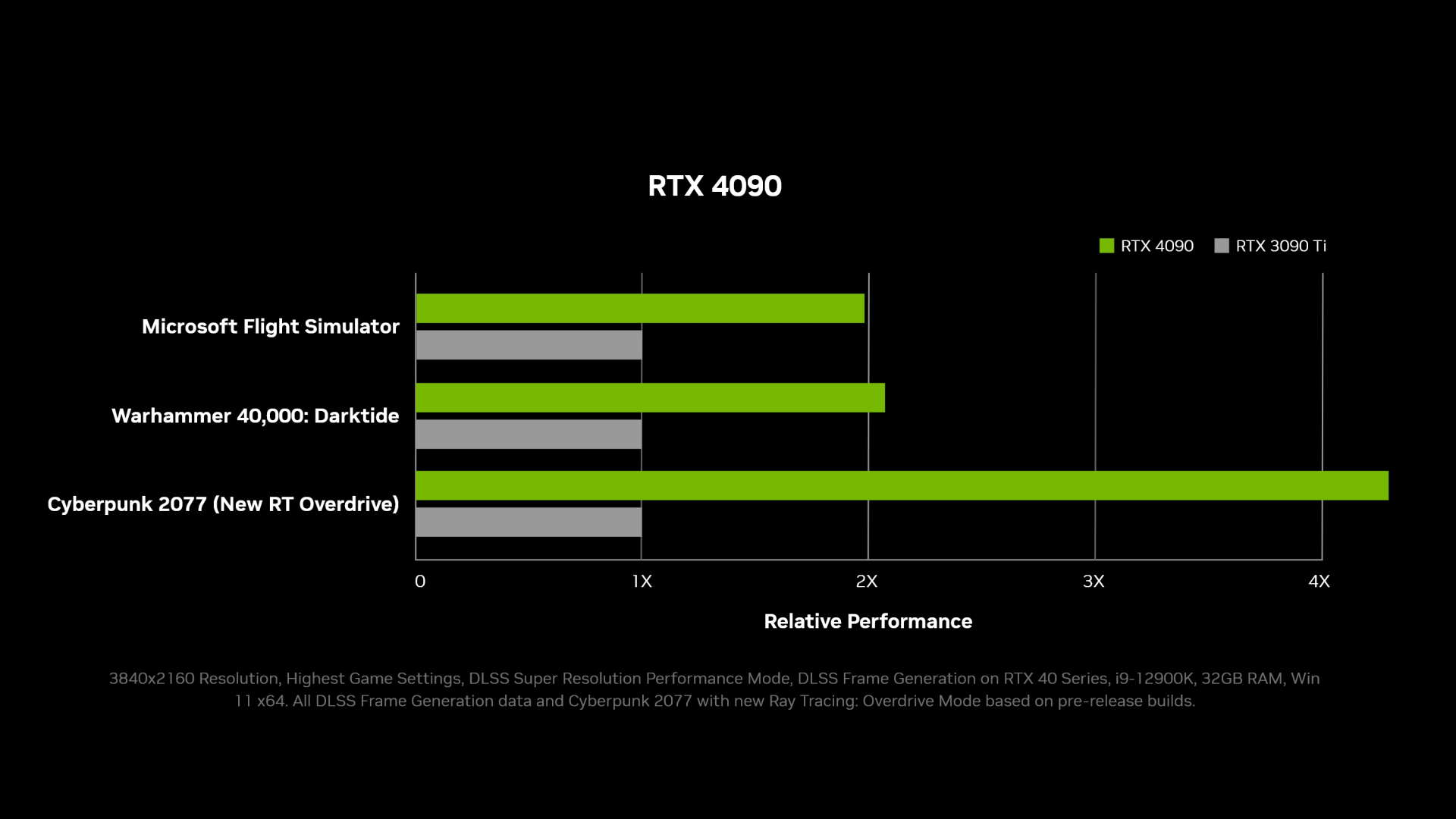
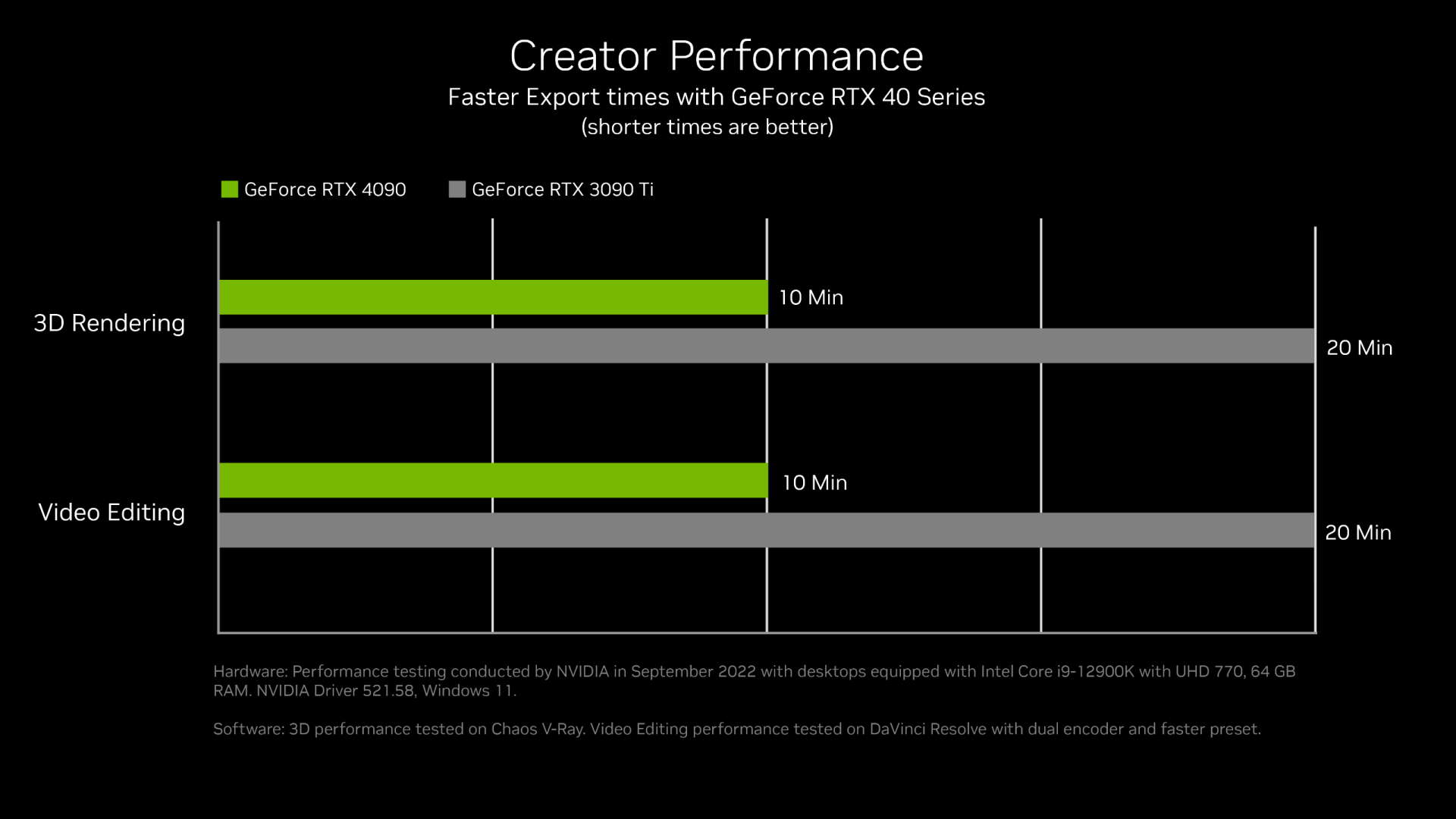

And it looks like price is no object to many of our gaming ambitions.
The perfect storm of unprecedented performance increases, supply chain disruptions, the crypto-mining boom, and stay at home orders from the past couple of years meant that prices spiralled ever higher as demand continued to outstrip supply. Those were all things out of our control and meant that if we did want a new card, we had to pay through the nose to get one.
Even now, when there are plenty of cards on the shelves, the average selling price of a graphics card has still not dropped down to pre-pandemic levels. And likely never will.
Like everything else graphics cards are only worth what people are willing to pay.
Now those external factors are largely mitigated we're left purely with the burden of inflation and the certain knowledge in the minds of marketing departments across the globe that people will still pay.
You can bet during the entire of 2021 Nvidia was kicking itself for costing the RTX 3080 at just $699 when retailers and AIBs were selling for far more than that initial price. And it certainly isn't going to take the risk of missing out on dollar dollar bills this time around, even if the bottom has fallen out of the crypto market and the supply chain has been more or less shored up.
We can call it greed on the part of the capitalist businesses manufacturing the hardware that goes into our gaming PCs, but like everything else graphics cards are only worth what people are willing to pay. If everyone now baulked at the $1,600 price tag for the RTX 4090, and Nvidia struggled to shift the volume it needs to, then you can bet there would be price cuts.
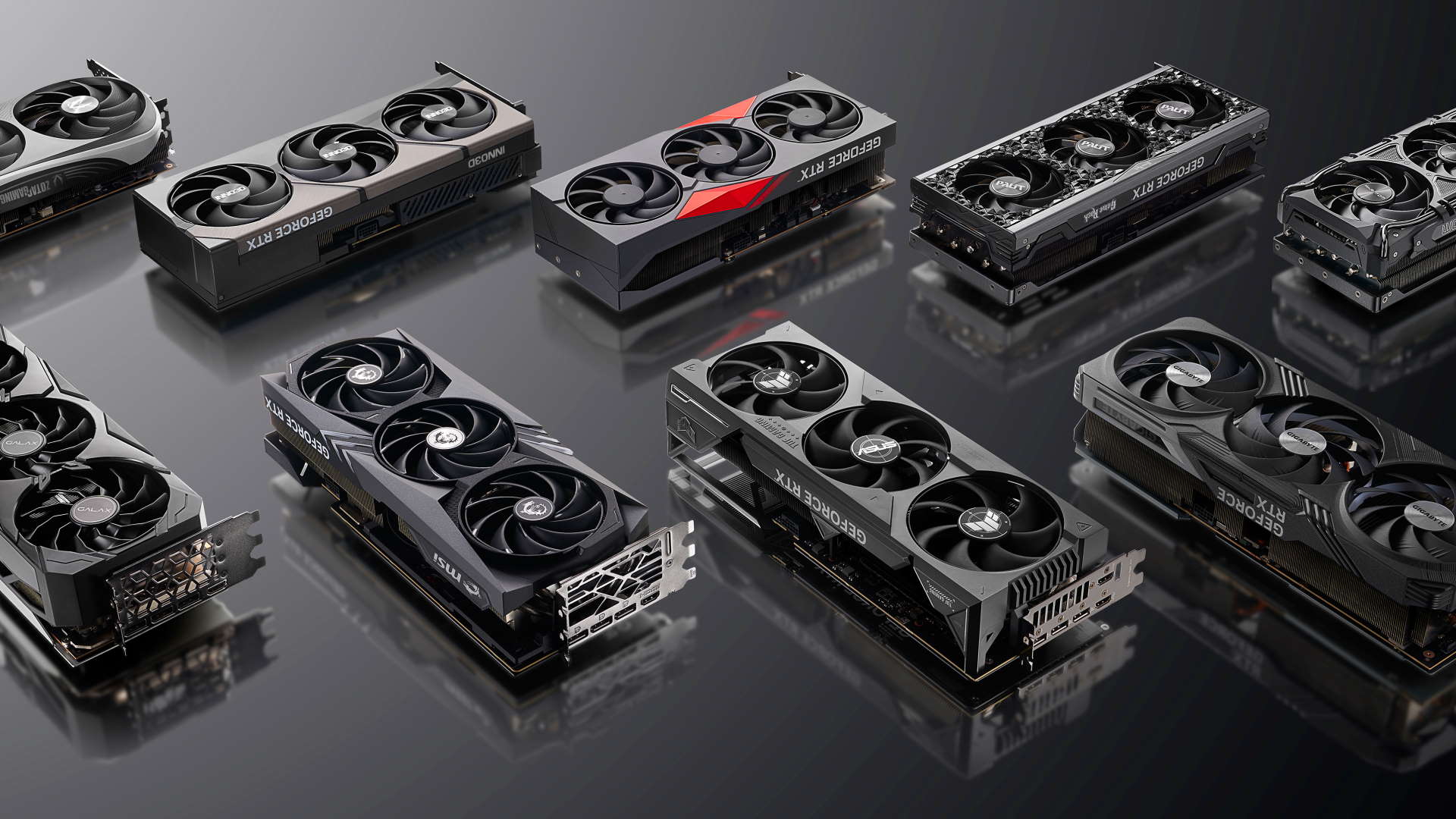
But though there are no longer supply chain problems, crypto goliaths swallowing up hordes of GPUs, or nationwide lockdowns the green team will probably still sell out of its initial run of RTX 4090 cards; both from its own vaults and from the distribution centres of all its add-in board partners. Well, apart from EVGA.
I probably wouldn't feel so gutted about the pricing of the new Ada Lovelace cards if they weren't the first RTX 40-series card out the door. If Nvidia had launched with a more affordable RTX 4080 (that didn't seem like a ret-conned RTX 4070) ahead of it, then you could still make the case the RTX 4090 is just the faintly ludicrous money-no-object, ultra-enthusiast, Titan-class card. That it's not really meant for gamers, but for budding professionals who can't afford a Quadro.
It's tough to maintain that line, however, with the GeForce brand name upfront, and the fact that it's the first Lovelace GPU to hit the shelves and is branded "a quantum leap in gaming" by Nvidia. Then you have second- and third-tier cards coming out for $900 and up.
Jen-Hsun's talked about the burgeoning RTX 40-series as a set of cards that will "deliver the ultimate performance to enthusiasts," while the mainstream will still be served by the RTX 30-series surviving alongside it. It can therefore still cater for a broad cross-section of the GPU-buying public, even if this two-caste system means slumming it with last-gen silicon at the lower end.
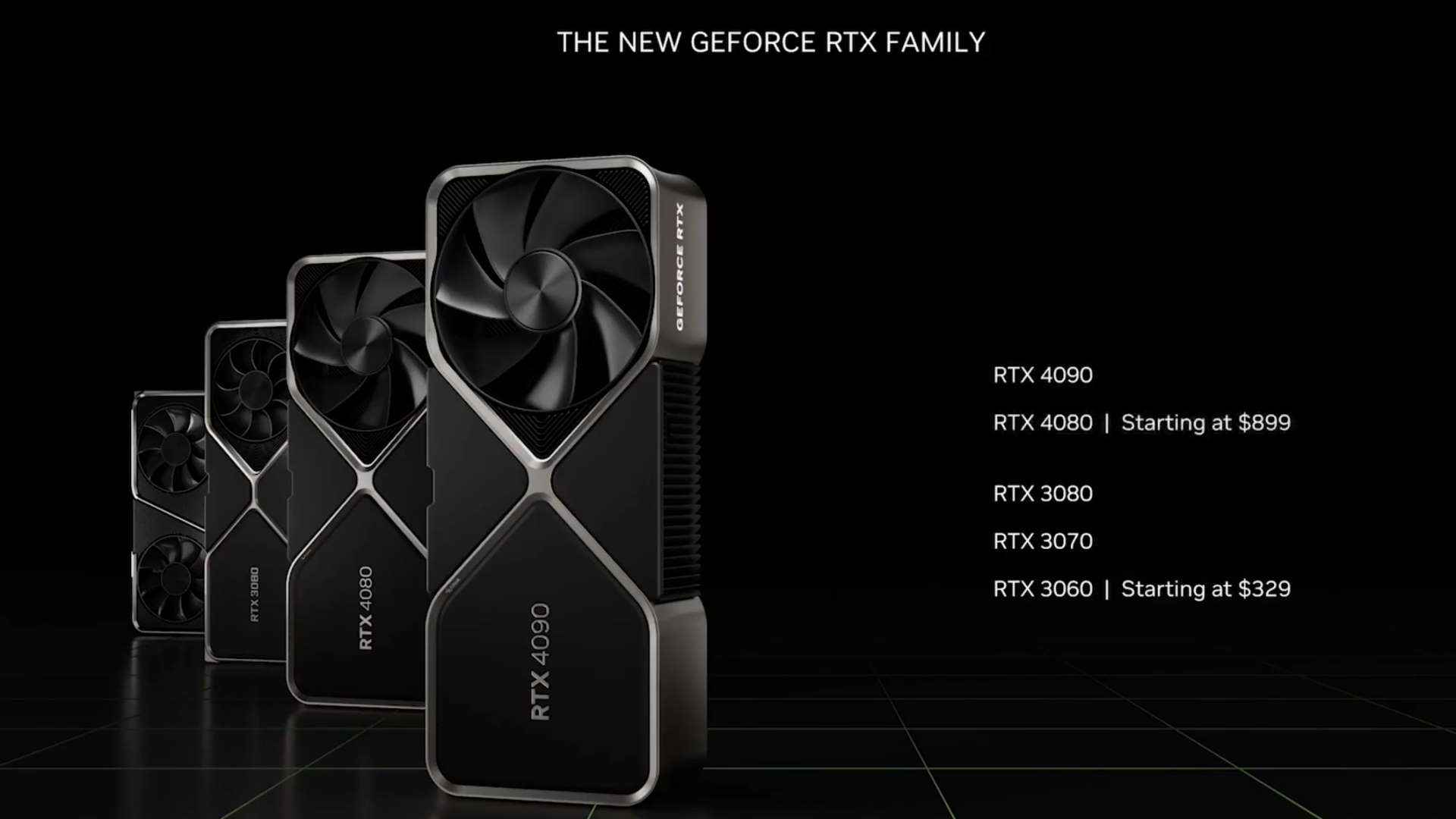
Can AMD respond with some affordable RDNA 3 GPU that matches Lovelace, but undercuts it on price? Nope. The rumours are that the Navi 31 card will be expensive as well. If the new Radeon cards can compete with Lovelace why would they charge less? AMD has shareholders it has to please with increased average selling prices, too.
But hey, if we get a $350 RTX 4060 card out of all this sometime next year, with practically RTX 3080-class gaming performance, I'll be a lot happier. It's possible, even likely given the rumoured core counts putting it just shy of the GA102 GPU of the last-gen card, but we're not going to see it until long after the first super expensive RTX 40-series cards hit the market.
After all, from the looks of things the RTX 30-series cards are going to stick around for a while. But then who's to say the RTX 4060 isn't going to come with a much higher price tag than the RTX 3060 it's replacing? I certainly wouldn't bet against a $450 sticker price.

Dave has been gaming since the days of Zaxxon and Lady Bug on the Colecovision, and code books for the Commodore Vic 20 (Death Race 2000!). He built his first gaming PC at the tender age of 16, and finally finished bug-fixing the Cyrix-based system around a year later. When he dropped it out of the window. He first started writing for Official PlayStation Magazine and Xbox World many decades ago, then moved onto PC Format full-time, then PC Gamer, TechRadar, and T3 among others. Now he's back, writing about the nightmarish graphics card market, CPUs with more cores than sense, gaming laptops hotter than the sun, and SSDs more capacious than a Cybertruck.

